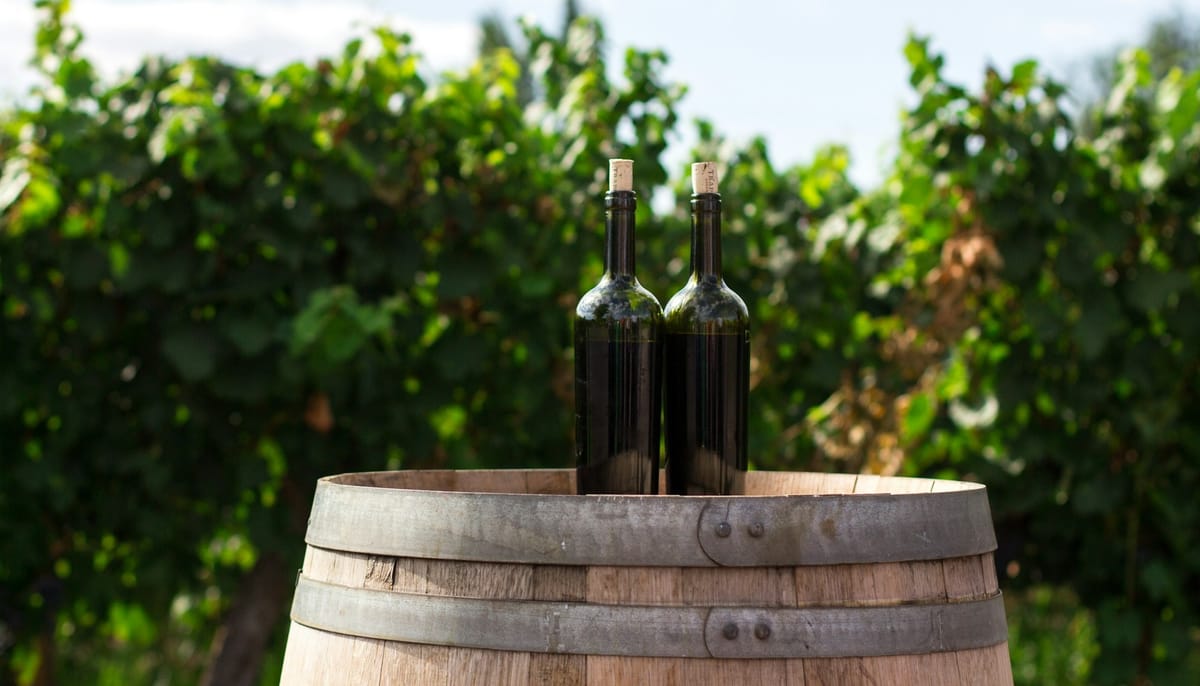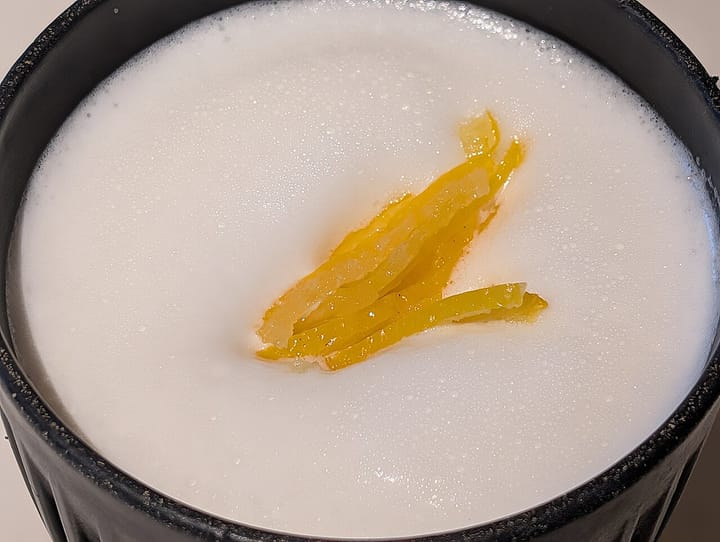Why Is Burgundy Wine So Expensive?
Burgundy is renowned for its ancient winemaking and celebrated vineyards like Domaine de la Romanée-Conti. With France's most extensive AOC system, its limited production and superior quality render it one of the world's most prestigious and exclusive wine regions.

Burgundy, a region deeply rooted in romantic allure, boasts a winemaking heritage that spans over two millennia.
Nestled on the eastern flank of France and following the course of the Saône River—a tributary of the Rhone—this area serves as the birthplace of some of the most prestigious and costly wines globally, including those from Domaine de la Romanée-Conti, Henri Jayer, and Domaine Armand Rousseau.
Remarkably, Burgundy is distinguished by its extensive array of Appellations d'Origine Contrôlée (AOCs), a count higher than any other French region.
Burgundy's Wine Varietals
Burgundy's vineyards are known for their specialized cultivation of four main grape varietals.
Predominantly, the region's production focuses on Pinot Noir and Chardonnay, which are the staples of Burgundy wine.
The region strictly adheres to single-varietal wine production, with minimal blending practices, though some exceptions exist.
For instance, in the Côteaux Bourguignons area, winemakers are allowed to blend Pinot Noir with Gamay. The four sanctioned grape varietals in Burgundy include:
- Pinot Noir
- Chardonnay
- Gamay
- Aligoté
This strict adherence to traditional varietals underpins the distinct character and high quality of Burgundy wines.
The Essence of Terroir in Burgundy Wines
Terroir, the unique combination of geographical and climatic elements where wine is produced, is foundational to Burgundy's wine identity.
This contrasts sharply with Bordeaux, where a winemaker's reputation can often sway both quality perception and pricing.
Tracing back to the Middle Ages, the meticulous observations of Cistercian and Cluniac monks on the influence of soil and locale led to the designation of over 1,200 distinct vineyard plots, each bordered by stone walls known as "clos."
The precise partitioning of land in Burgundy naturally restricts wine production volumes.
The region's intricate ownership system, stemming from historical inheritance laws established by Napoleon, results in vineyards often being split among up to 75 different owners, with some holding mere rows.
As a result, annual production in these vineyards is usually limited to between 500 and 1,000 cases, adding a layer of exclusivity to each bottle.
Scarcity and Exclusivity in Burgundy Wines
Burgundy wines are highly sought after, partly because of their rarity.
The Burgundy region is significantly smaller in area than Bordeaux, encompassing just 30,000 hectares compared to Bordeaux's nearly 120,000 hectares.
The average vineyard in Burgundy measures merely 7-8 hectares. Many of these vineyards are split into even smaller parcels, complicating the production process and contributing to the higher costs for winemakers to create diverse cuvées.
Moreover, Burgundy is distinguished by its extensive variety of wine appellations, hosting 84 in total.
Among the wines from this region, Grand Crus stand out for their exclusivity, making up only 1% of the region's total wine production.
An exemplary case is the Musigny de Leroy, produced from a minuscule 0.27 hectare plot.
The limited output from such small parcels makes these wines not only rare but almost unique, possessing extraordinary characteristics.
This scarcity is a key reason why Burgundy frequently claims the title for the most expensive wine sold at auction, year after year.
Soil Diversity in Burgundy Vineyards
The diversity of soil types in Burgundy plays a crucial role in the distinctiveness of its vineyards.
Even within short distances, the soil composition can shift significantly, distinguishing Grand Cru vineyards from Premier Cru ones, often separated by mere inches.
The predominant soil components in the region include limestone, clay, gravel, and sand, yet two specific types are particularly influential in shaping the region's viticulture.
Jurassic limestone is a hallmark of Burgundy's terroir, where you might uncover fossils of ancient sea creatures just beneath the surface.
This type of soil is particularly favorable for growing Chardonnay, as it thrives in limestone-rich environments.
Marl, a blend of clay and limestone, is another key soil type in Burgundy and is ideally suited for cultivating Pinot Noir.
This mixture provides the perfect balance of nutrients and drainage, supporting the growth of complex and flavorful Pinot Noir grapes.
The Classification System of Burgundy Wines
Burgundy’s wine classification system is intricate, reflecting the region's deep respect for terroir and the nuanced variations across its landscape.
The system categorizes wines into four main quality levels, each influenced by the specific characteristics of the vineyard location, including geography, soil type, and climate.
- Grand Cru: At the summit of Burgundy’s wine classification, Grand Cru vineyards are esteemed for their supreme quality. These vineyards are a select few, constituting about 2% of the region's production but delivering unmatched excellence. Wines from these locations bear only the vineyard’s name on the label, a testament to their unparalleled status.
- Premier Cru: Below Grand Cru, Premier Cru wines originate from designated areas within a village known for their high-quality output. These wines are distinguished by their complexity and depth, with labels that feature the village name and specific vineyard, followed by "Premier Cru."
- Village Wines: Further down the classification are the village wines, which are sourced from the broader areas surrounding Burgundy’s 44 villages, such as Meursault or Nuits-Saint-Georges. These wines are more specific than regional wines but less so than Premier or Grand Crus, offering a taste that reflects their village origins prominently on the label.
- Regional Wines: At the foundational level, regional wines encompass the broadest category, representing about half of all Burgundy wine production. These wines may be labeled simply as "Bourgogne Rouge" or "Bourgogne Blanc," indicating that the grapes are sourced from anywhere within Burgundy. They provide a general introduction to the flavors of the region.
The Regions
Burgundy, or Bourgogne, is a revered wine region in France with a reputation for producing some of the world’s most exquisite wines.
The exclusivity of Burgundy wines stems from the region's complex terroir, limited production, and the historical acclaim of its vineyards.
Every subregion within Burgundy boasts a collection of Appellation d’origine contrôlée (AOC) designations, each bringing distinctive terroir-driven traits to their wines.
Here are the primary regions that contribute to Burgundy’s illustrious reputation:
- Côte d’Or: The heartland of Burgundy, Côte d'Or is divided into two parts: the Côte de Nuits and the Côte de Beaune. The Côte de Nuits is famous for producing exceptional Pinot Noir wines, with illustrious Grand Cru vineyards such as Romanée-Conti and Chambertin. The Côte de Beaune is known more for its extraordinary Chardonnay wines, with Grand Crus like Montrachet and Corton-Charlemagne.
- Chablis: Situated in the northernmost part of Burgundy, Chablis is renowned for its crisp and mineral Chardonnay wines. The unique Kimmeridgian soil, rich in limestone and fossilized oyster shells, gives Chablis its distinctive flinty flavor profile. Chablis Grand Cru wines are particularly sought after for their complexity and aging potential.
- Beaujolais: Although sometimes considered separately due to its exclusive use of the Gamay grape, Beaujolais is technically part of the Burgundy region. The wines here are known for their fruity flavors and are often consumed young. The highest quality wines come from the ten "crus" of Beaujolais, which produce more structured and age-worthy wines.
- Mâconnais: In the southernmost part of Burgundy, the Mâconnais region is recognized for producing high-quality, value-driven Chardonnay wines. The area is known for its warmer climate and richer soils compared to the rest of Burgundy, which can result in more full-bodied and ripe wines.
- Côte Chalonnaise: Nestled between the Côte d'Or and the Mâconnais, the Côte Chalonnaise produces both excellent reds (mostly Pinot Noir) and whites (mostly Chardonnay). The wines here are generally approachable when young but also have the ability to age gracefully.
Together, these regions and factors create a wine legacy that is unparalleled, making Burgundy a beacon of viticultural excellence on the global stage.


